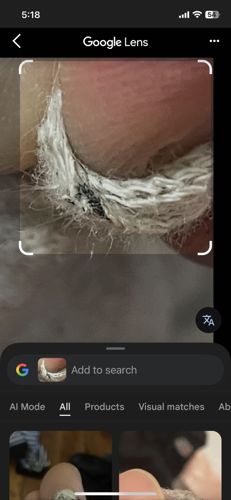Case-bearing Clothes Moth
Scientific Name: Tinea pellionella
Order & Family: Order: Lepidoptera, Family: Tineidae
Size: Larvae: up to 1/2 inch (12 mm); Adults: 1/4 to 1/2 inch (6-12 mm) wingspan.

Natural Habitat
Indoors, in closets, attics, storage areas, and any place where suitable food sources (clothes, carpets, upholstery, furs, taxidermy) are undisturbed. They prefer dark, humid conditions.
Diet & Feeding
The larvae feed on keratin-containing materials, including wool, fur, feathers, hair, felt, and other natural fibers. They can also damage blends and synthetic fabrics soiled with human or animal products.
Behavior Patterns
Case-bearing clothes moths are typically secretive and prefer dark, undisturbed areas. The larvae construct a silken case, often incorporating fibers from their food source, which they carry with them. They are generally slow-moving. Adults are poor fliers and are attracted to light.
Risks & Benefits
Potential risks include significant damage to textiles, clothing, carpets, and other natural fiber products. They do not bite humans or transmit diseases. There are no direct benefits to humans, but as decomposers, they play a minor role in breaking down natural fibers in nature.
Identified on: 8/28/2025